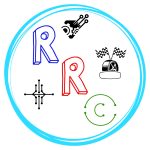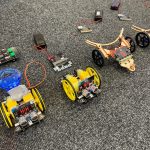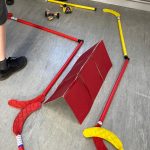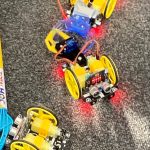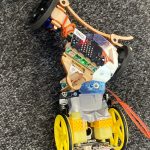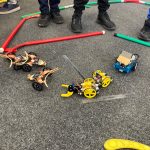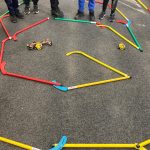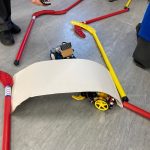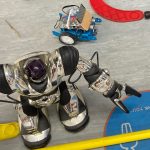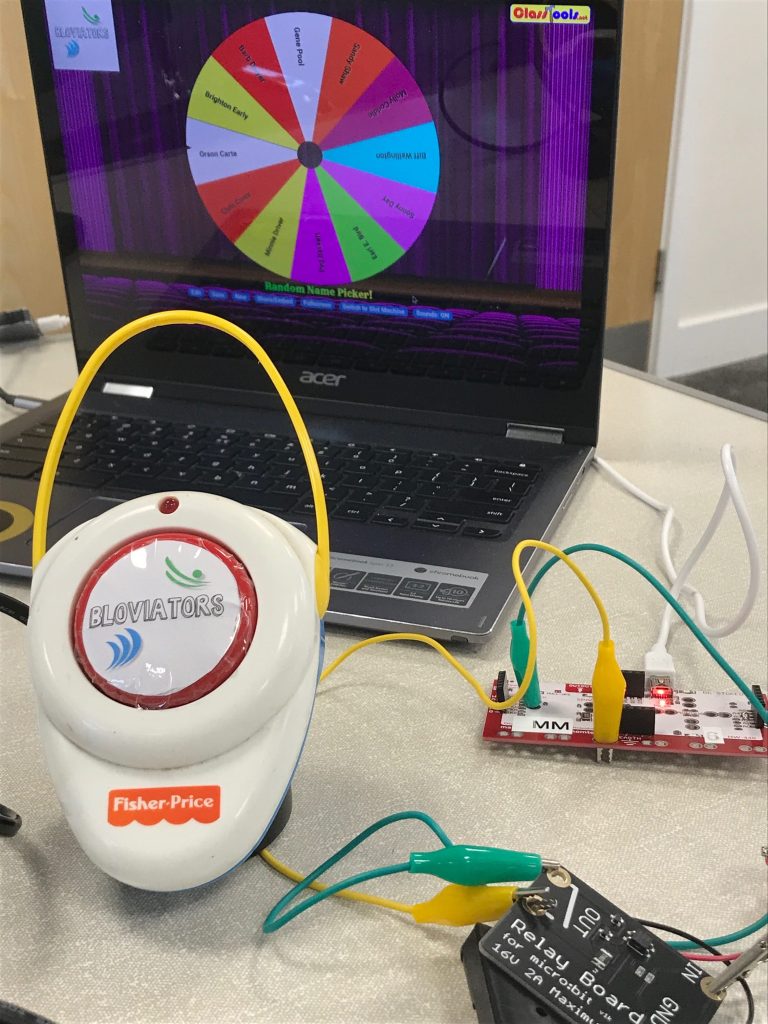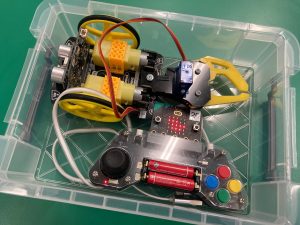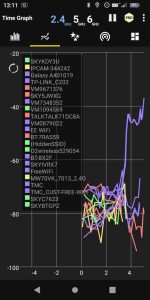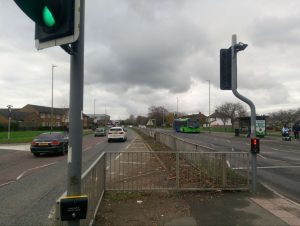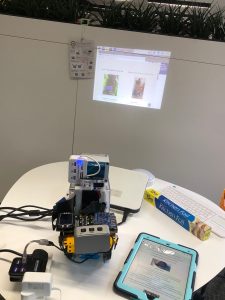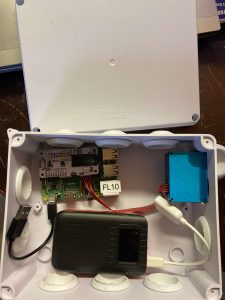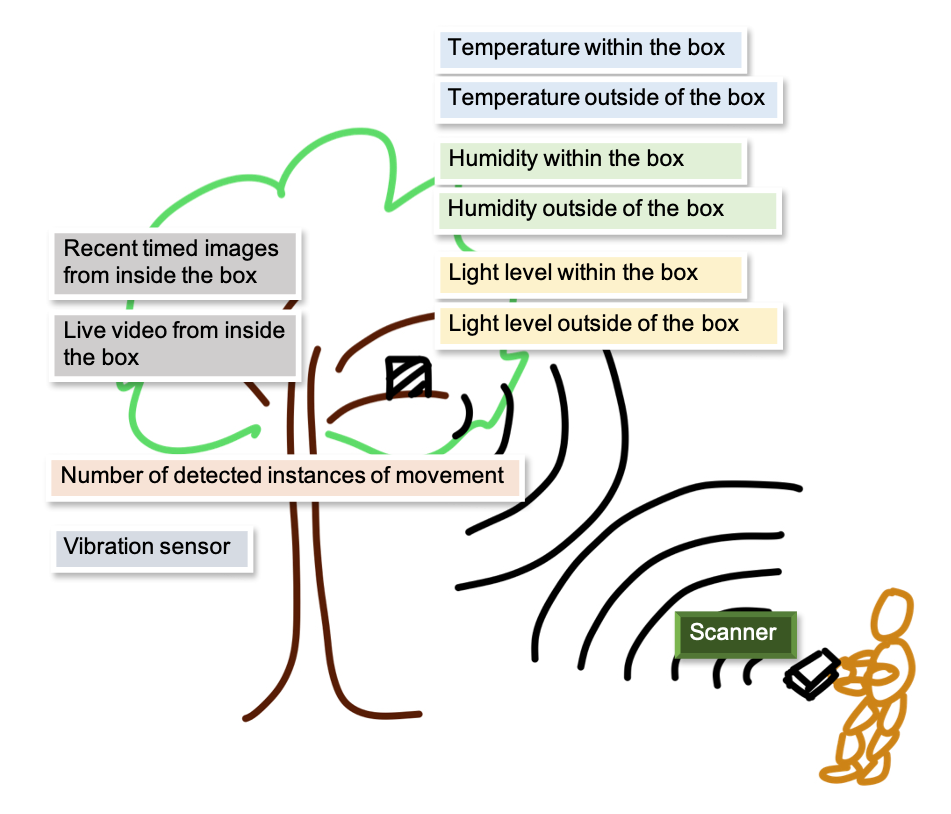The Year Ahead
About Flickernet 24/25:
![]() Supporting underprivileged young people
Supporting underprivileged young people
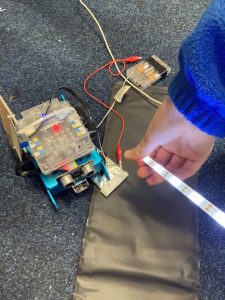
![]() Assisting schools in the South West of England
Assisting schools in the South West of England
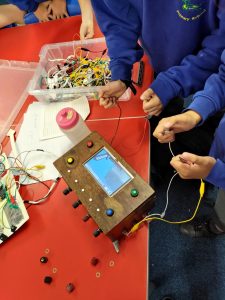
![]() Outdoor learning and remote sensing facilities (Space To Learn), in Northern Ireland
Outdoor learning and remote sensing facilities (Space To Learn), in Northern Ireland
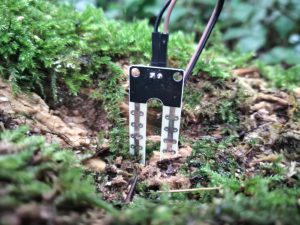

Core principles:
![]() We have a Christian ethos, seeking to meet the needs of those who face disadvantage by providing access to technology and the natural world: in combination
We have a Christian ethos, seeking to meet the needs of those who face disadvantage by providing access to technology and the natural world: in combination
![]() Pupil-led investigations and project-based learning ensure creative control for those who may not have experienced an open-ended learning approach before
Pupil-led investigations and project-based learning ensure creative control for those who may not have experienced an open-ended learning approach before
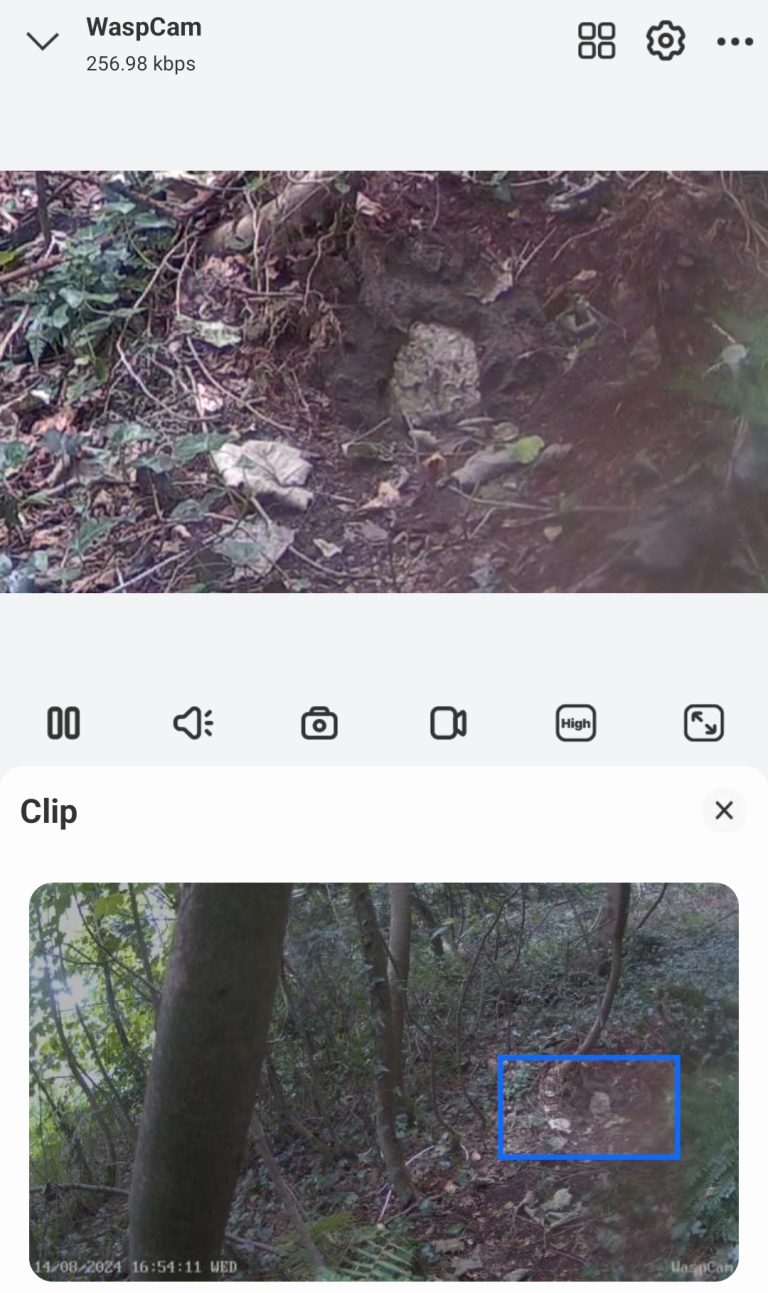
Immersive experiences to help those who suffer from anxiety or who are in need of other mental health support, to benefit from the calming sensations of the woodland
Engagement with the natural environment from afar, with added agency due to the remote connectivity systems.
Therapeutics and mental health care, including for the neurodivergent: opportunities for technology and the woodland environment to be combined into new and effective therapy methods
Pupils of all ages are shown real projects that have been designed to help others, or the environment: this provides inspiration for their own projects
Teachers and home educators are encouraged to join their pupils in developing innovative methods of interacting remotely with the enivronment
Training for teachers, along with the physical space to explore new technologies, including support for their own innovative approaches to learning
Multiple live feeds from within an ancient woodland in the Mountains of Mourne, Northern Ireland provide real-time access to STEM experiments
Real data, drawn from sensors that are spread throughout an area of special scientific interest (ASSI) inspire learners to develop their own projects which, in turn, can be physically located within the same woodland for them to monitor.
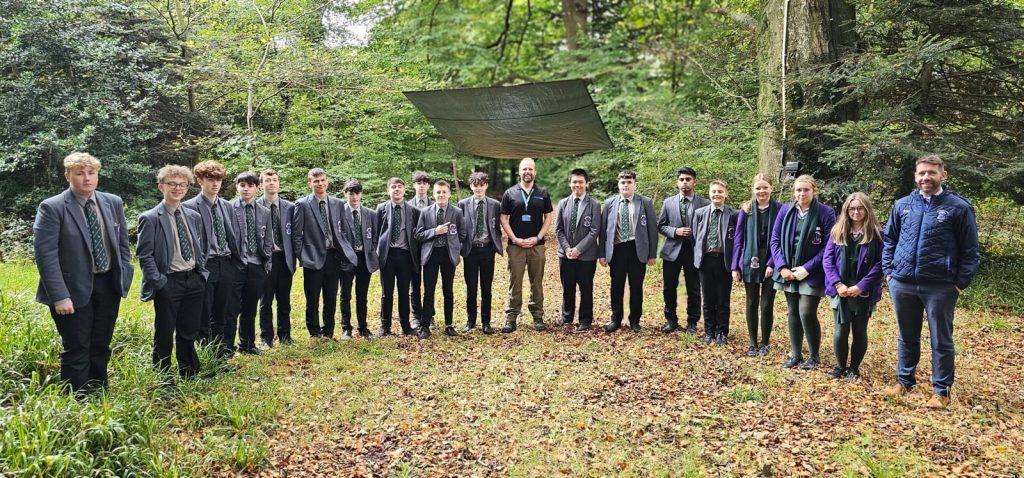

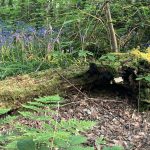
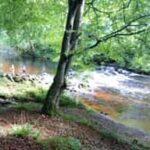
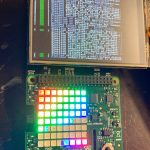
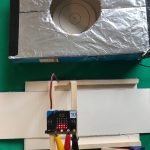
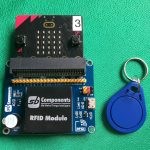
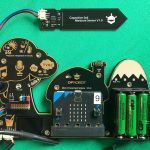
Three different core experiences to choose from
All link together ensuring best fit for your requirements
As a quick guide: Micro:Bit Marvels is aimed at schools and home educators to provide fun projects that emulate those that are often suited to actual deployment in the woods of Space To Learn. It includes options such as robotics; environmental sensing and cross-curricular demonstrations
Connect and Play offers learners a more fluid technology experience featuring a wider range of electronics and design technology led projects that can include recycled equipment and game design
Phillip is available to hire as a STEM Advisor at reasonable rates. He travels throughout Wiltshire, Gloucestershire and County Down.
- A wide range of activities built on the best of Micro:Bit
- Featuring the most interesting extensions and peripherals
- Teachers love to deliver curriculum objectives using these widely supported devices.
Please click below to be taken to the Micro:Bit Marvels page – with details about the many Micro:Bit extras that we can demonstrate for you.
It started in the woods..
Flickernet was formed in 1999 at the centre of a private estate in Northern Ireland.
25 years later the corner of that same estate is at the centre of a clear mission to find practical advantages there, with which to help others.
Learning
Calming
Inspiring
Having fun is the best way to learn. With devices such as Makey Makey and Raspberry Pi, connections can be made with technology old and new: creating interfaces that bring old toys to life; build novel controllers; and provide the space to explore electronics and coding combined.
There follows a blog which it is hoped can be helpful in charting the journey that Flickernet, (mainly Phillip Anley!), has taken. Having taught full time in schools from 2005, Phillip has been working independently again through Flickernet Ltd. since 2022. Phillip is also a Director of Digital Writes CIC and of Mourne Country Park Ltd. Phillip divides his time between England and Northern Ireland.





























































